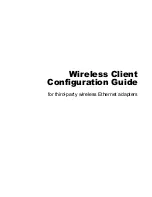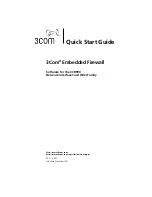
70
MDE-LEDI-NETWORK-TDS-4099V3.0
To change a setting, the user must first change the relevant fields and then set the
applyXXXXXSettings variable (where XXXXX is the name of the setting group) to 1. No
changes will be applied to the unit configuration until the user activates the relevant
indicator.
Note: applying new IP settings will restart the main Ethernet interface of the LEDI
®
Network TDS
which also manages the synchronisation status of the time server.
In SNMPv3 the
LEDI
®
Network TDS
supports the HMAC-MD5-96 and HMAC-SHA-96
algorithms for authentication and the DES-CBC and AES-CFB-128 algorithms for data
confidentiality.
F. Telnet and SSH Interface
The
LEDI
®
Network TDS
and its NTP output cards feature a command prompt reachable by
Telnet (9999 port) and SSH (22 port). These commands can be used to read the status of
the server, its settings and to configure them.
In addition to the features offered by the Telnet protocol, the SSH protocol includes
authentication and data confidentiality through encryption. The
LEDI
®
Network TDS
SSH
server is compatible with:
►
The key exchange methods "diffie-hellman-group-exchange-sha1", "diffie-hellman-
group14-sha1" and "diffie-hellman-group1-sha1",
►
The hash-based message authentication codes (HMAC) "hmac-sha1" and "hmac-md5",
►
The encryption algorithms (cipher) "aes128-cbc", "aes192-cbc", "aes256-cbc" and
"3des-cbc" and
►
The 2048-
bit “ssh-rsa” user keys (file imported on the product).
For
more
information
about
Telnet
and
SSH
protocols,
see
https://en.wikipedia.org/wiki/Telnet
https://en.wikipedia.org/wiki/SSH_(Secure_Shell)
G. Command prompt
Accessing the command prompt
The command prompt can be opened by several applications, e.g. Telnet, SSH, Putty and
Teraterm.
A username and a password are required to access the product. These are root/gtmt if the
root account has not been disabled or configurable user account credentials
(admin/password by default).
















































